Kalimantan is the name of the Indonesian part of Borneo, the third largest island in the world. This province alone makes up for 28 percent of the area of Indonesia (539.000 sq. km), but only 5 percent of the population (about 10 million).

Two thirds of Borneo belong to Indonesia, the northern region is part of Malaysia and includes the Sabah and Sarawak provinces. The last part belong to the small sultanate of Brunei Darussalam.
Kalimantan is split in four provinces, West, South, Central and East Kalimantan. Large parts of Borneo is mountainous, the highest peak is in Malaysia, Kinabalu with 4.101 m. The highest mountain in Kalimantan is Gunung Raya with 2.278 m. The rest of Kalimantan mainly consists of lowlands, of which most are covered by forests. Much of the coastline is covered by swamps with mangrove forests. The many large rivers are very important for interior transport, roads are not common except for in the oil rich areas. Indonesia’s longest river is Sungai Kapua to the west, more than 1.400 km long.
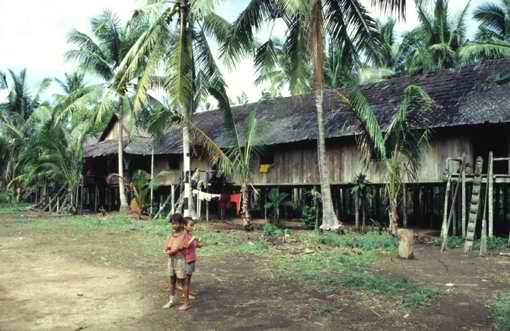
Climate:
The climate here is tropical with high humidity, up to 3.000 mm of rain every year, but long periods of drought can also occur. The wet season is usually from October to March, the dry season from July to September.
Flora and fauna of Kalimantan:
The plant and animal life is rich and varied, there are for example more than 5.000 tree species, of which 50 different sorts are used as timber. In the highlands there are also a large number of flowery plants, among them the foul smelling Rafflesia, the largest flower in the world. There are more than 600 different species of birds on the island, other animals are elephant, crocodile, python, leopard and of course the orangutan that only exist here and on Sumatra. An ongoing rehabilitation program to get illegally captured orangutans back to the forest has had some success, but illegal pouching and loss of habitat is a big problem here as well as in other areas of Indonesia.
Many parks and nature reserves have been established, some are open for tourists. Still the environment is under great pressure, especially from intensive deforestation. Areas with rain forest is rapidly decreasing, and as a consequence also the biological diversity. Huge forest fires have caused large damages, just small parts are replanted, and land erosion is and will be a great problem.
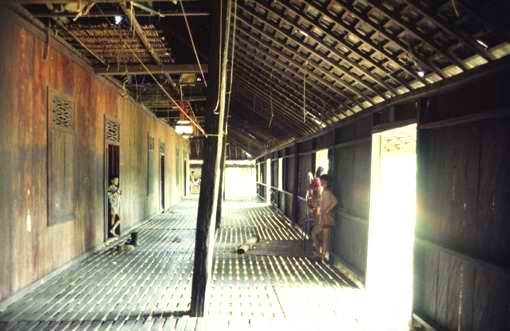
People and Religion:
Traditionally the coastal areas and cities have been populated by Malay Muslims and Chinese. The interior is basically populated by Dayaks, once feared as Borneo’s famous headhunters. Today they are more peaceful and make their living from fishing, hunting and agriculture. To clear the forest for farming it has traditionally been burnt down, after some years the soils nutrition’s is often depleted and the whole village has to be moved to a new area. This has sometimes led to massive movement of people. Some of the Dayaks have been converted to Christianity by missionaries, and some still hang on to the old, traditional religions, something that is accepted by the government.
Some areas have been opened for immigration from densely populated areas of Indonesia, under a huge migration program started by the government. Many have moved here from the Madura island on East Java, something that unfortunately has led to bloody clashes between the newcomers and the native Dayaks. The difference between the various ethnical groups is gradually fading, much because of the modernization brought to the region by the oil industry.

Economy:
The island has large natural resources, mainly oil, timber, gold and diamonds. Other important export products are rubber, tobacco, coffee, spice and coconuts. But still poverty is high, even by Indonesian standards. One reason for this is the way the economic wealth on Kalimantan has been distributed, most of the income has been siphoned off to Jakarta and not been to any benefit for this region.
History:
Modern humans on Borneo can be traced back to approx. year 3000 BC. The first Hindu Indians came to the island about 400 BC via Java. For hundreds of years from the 5th century the Srivijaya kingdom (Sumatra) had control over West Borneo, until most of the island came under rule of the Majapahit kingdom from East Java in the 14th century. Borneo was located along the main trade routes between Java, China and the Philippines, and Chinese immigrants settled here long before the arrival of the first Europeans. Europeans first had knowledge of Borneo about 1511. In the 17th century most of the coastal areas were ruled by small Muslim kingdoms.
Colonization:
Both the Dutch and the British tried to get control over the trade here from the 17th to the 19th century. The British first concentrated their efforts around Banjarmasin and the trade of pepper from there. The natives rebelled in 1701, and six years later the British were thrown out. The English adventurer James Brooke established his own colony in Kuching, now in Sarawak, Malaysia. The Dutch established a foothold on South and West Borneo, and through deals with local rulers they tried to keep other Europeans out. They met some resistance from the locals, especially around Banjarmasin were a war started in 1859, four years later it was over, but the resistance lasted until 1905.
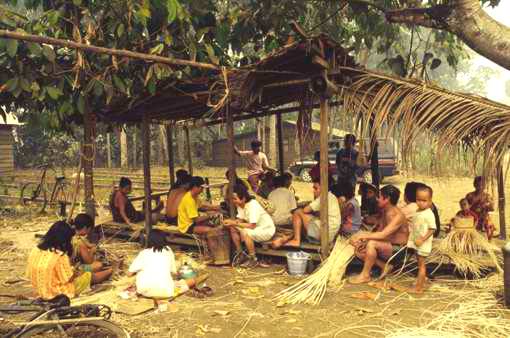
The Japanese occupied most of Borneo from 1942 to 1945. The Brooke family handed Sarawak over to the British government after the war, the British also took control over the Sabah province. The Indonesian part of Borneo was under the name Kalimantan transferred from the Dutch to the new Indonesian Republic in 1949. Sabah and Sarawak was in 1963 together with Singapore included in the new federal state of Malaysia. President Sukarno was very skeptical of the British influence in Malaysia and confronted the new federation with military forces. Malaysia was first approved by Indonesia in 1966. Brunei became independent as late as 1984.
Art and culture:

The settlements along the coast has a typical Indonesian style as we recognize it from other cities in the country
Intervertebral disc lesions viagra vs cialis After sexual stimulation, parasympathetic activity increases.
. It is still possible to find the native Dayak population who live a traditional way of life close to areas with a good infrastructure, but generally you have to go further and further into the more remote interior to find this. The Dayak’s probably also used to live along the coast before they were forced inland by immigrants. Traditionally older Dayak women carry heavy items in their ears, which become stretched out in length. Both women and men can have tattoos, among men this was in former days a sign of a successful headhunt. Some still live in longhouses called rumah suku dayak in Indonesian, but this is about to change because of less need for protection. Some Dayaks are nomads who travel from place to place and live off the jungle, maybe the oldest way of life here.
General:
If you go to Kalimantan by plane the most common points of entry are Pontianak, Palangkaraya, Banjarmasin and Balikpapan. Along the road there are regular bus routs between Kuching and Pontianak and by sea regular boat routs from Java and Sulawesi. To travel from place to place on Kalimantan is best done by plane, an alternative is of course to go with a river boat to the interior. New roads are constantly built, and in some regions you can now also go by bus.

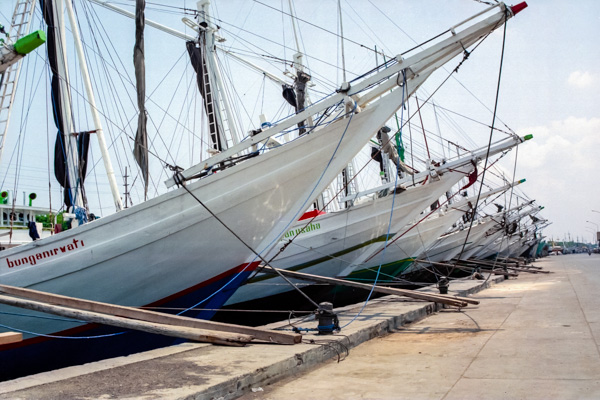
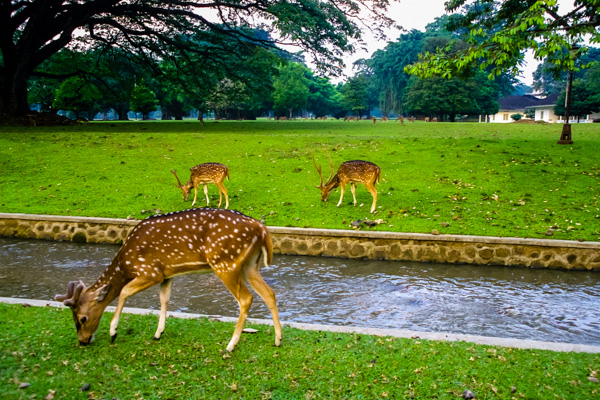
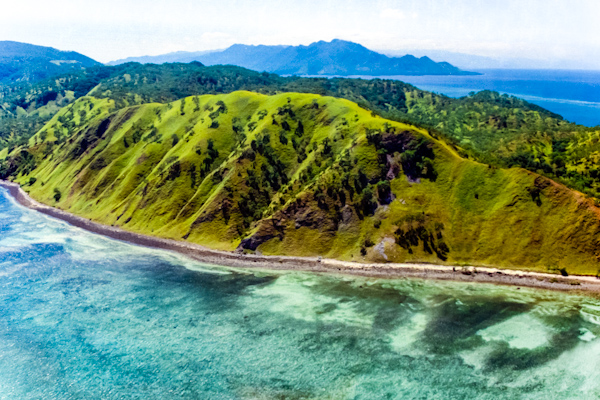
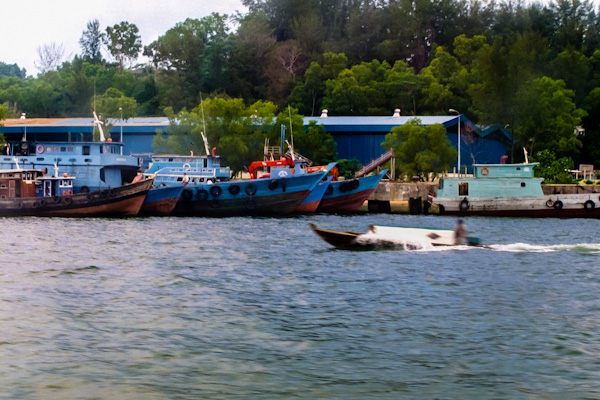

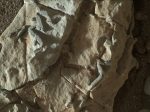



This Post Has 2 Comments
Hello!
My name is Olivier Bellflamme, I am a PhD student from London and I recently started a research about Carl Lumholtz. I am going to Norway next week, searching for some places that could have influenced his point of view. I was wondering if you knew more about him and if you would recommend specific areas to visit? I would also like to know more about your trip to Borneo! I really look forward to visiting this intriguing island.
Thank you!
Olivier
Hi! All I know about Carl Lumholtz is what is public knowledge through a Google search. I’m sure you will have an interesting visit to Borneo, I visited very briefly a long time ago.